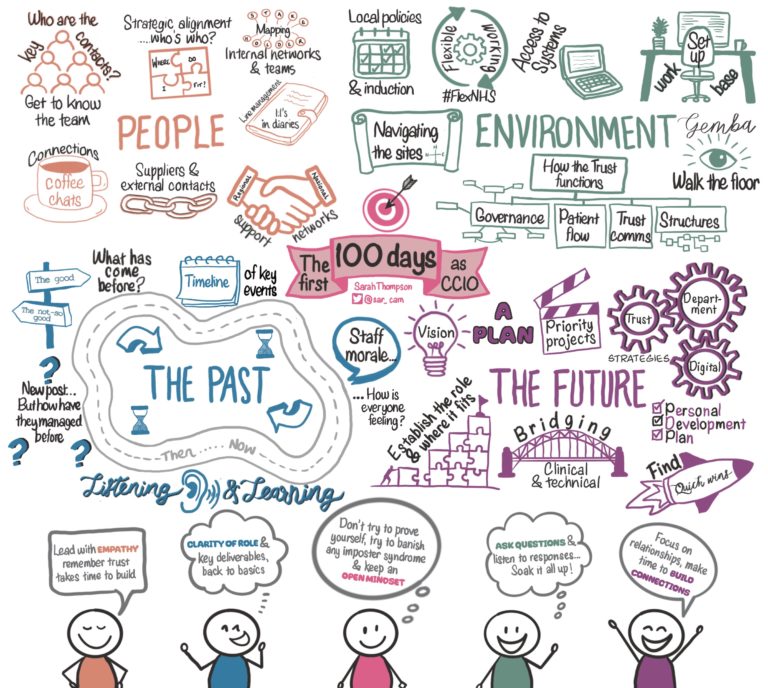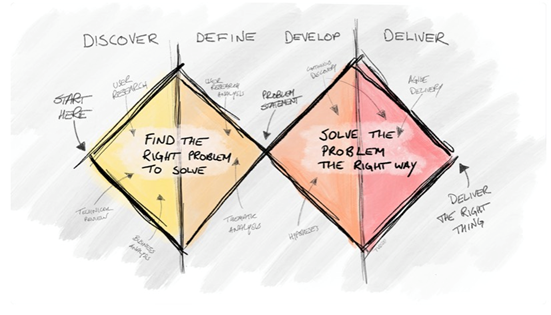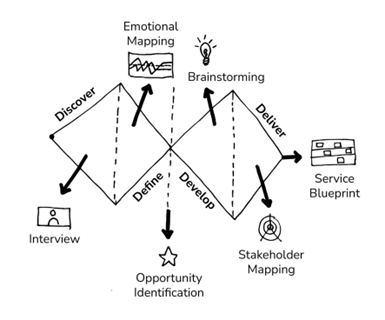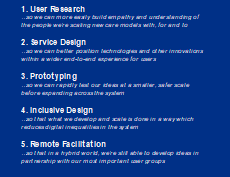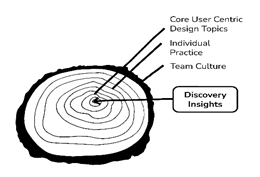The rise of the Chief Clinical Information Officer (‘CCIO’) as a recognised role within the NHS has been the most influential change in how technology is applied to healthcare in the last 20 years.
As recently as the early 2010s, it was rare to find practising doctors who also pioneered digital healthcare. Developing and improving the use of technology was often seen as eccentric by NHS colleagues, who viewed the doctors pursuing it as harmless cranks.
However, such doctors were also often seen as “good with computers” and rapidly became familiar with colleagues asking them for advice.



